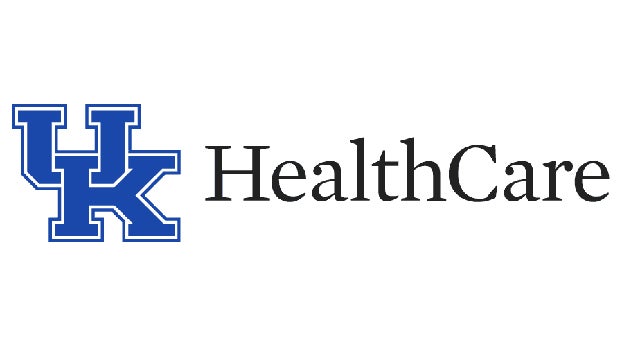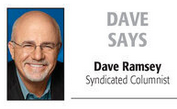Looking Back: 1930 Fire destroys Second Street buildings
Published 3:30 pm Friday, August 7, 2020
By BRENDA S. EDWARDS
Contributing writer
A fire that originated near the kitchen of a local restaurant 90 years ago destroyed almost everything along Second Street, according to an article in the Aug. 4, 1930, edition of The Kentucky Advocate.
The blaze started shortly before 11 o’clock that Sunday morning when people were enroute to church.
“A great volume of smoke was pouring forth from the old stockyards at the rear of the Danville Ice and Coal Company property. The fire department responded just two minutes in reaching the scene.
“Everything was so dry the blazes spread rapidly, being fanned by the stiff breeze.”
Firefighters found the blaze was in the rear of the New York Restaurant in a location difficult to reach for effective fire fighting.
Charles Coomer, who was present at his business Coomer’s Wall Paper Store, opened three doors to the building and permitted firefighters to carry a hose through. A stream of water was immediately turned upon the blazes which were completely arrested in 40 minutes.
Lee Crouch, known at the “Lightning Hydrant man,” was on the job and “handled the wrench with perfect dexterity.” He was said to be one of the best hydrant men in the state.
Houses were ignited on Second Street from sparks. Firefighter Sallee was dispatched to the Arnold Shop from which hydrant water was poured on the old Geary house and other buildings which had ignited from a shower of sparks carried by the wind.
Origin is a mystery
The origin of the fire is a mystery. Kitchen employees at the New York Restaurant were the first to observe the fire. They said it started in a small room in back of the main restaurant which stood against one section of the stockyards.
“John Collis, owner of the business, said the room was filled with junk and the door to it had not been unlocked in six months to his knowledge.
“The rear of the restaurant was damaged as well as the rear of a workshop in the Thurmond Undertaking establishment.”
A stockyards building, owned by the Danville Ice & Coal Company, also had not been used for many years.
“In years gone by they were the scene of many big court day stock sales.”
Omnibuses burn
Two old omnibuses owned by J.B. Williams were burned. The tank of one contained a quantity of gasoline which exploded.
A Lincoln Roadster owned by John Collis in a room in back of the restaurant did not receive a blemish although the flames swept about it.
Firefighters prevent spread
“Except for the wonderful work of the firemen the entire block probably would have been swept away.
“It was fortunate the outbreak occurred in the day time instead of night, when people were absent from the restaurant and other places in the neighborhood.”
The ugly blazes leaped high into the air and attracted a great crowd of spectators, who, however, remained out of the working range of the fighters.
“Every firefighter when he quit, was as wet as though he had taken a dip into Herrington Lake — so hot was the day and so freely had he perspired.”
Thurmond’s statement
Former firefighter George T. Thurman, whose place of business was threatened, was one of the first to arrive on the scene.
He was a member of the Danville Fire Department for 27 years and was chief for 17 years.
He also said Danville needed another fire truck with a ladder wagon and pump attached.
He expressed his appreciation and that of the business people in the entire block for the wonderful work of the firefighters.
“It was the best firefighting I have ever seen in Danville,” Thurman said.
The firefighters in charge were Al Coffey, Harry Baker and Burgin Sallee.
Patrolman A.C. Alford stood guard on police duty.
The firefighters who had long protected Danville in critical times like that of this fire, and others who worked like clockwork, were: Earl Rose, Harry Gover, Louis Middleton, Arthur and Victor Bodner, Thomas Rawlings, Edward Munday, W.E. Clark, Ben A. Cross, Bud Baker, Marvin Bryant, J.J. Nave Jr., R.E. Edwards, James Moore, Harold Lester, Steve Smith, Story Herron, John Connolly, Tim Huffman, Roy Wilham, L.D. Simmons, William Prather, Joseph Goode, Charles Robinson and John Scott.
Black firefighters, Clyde Smith, Bunk Raum, George Hays, Dudley and Edward Doneghy, John Barbee and Moses Harlan also helped to fight the blaze.





